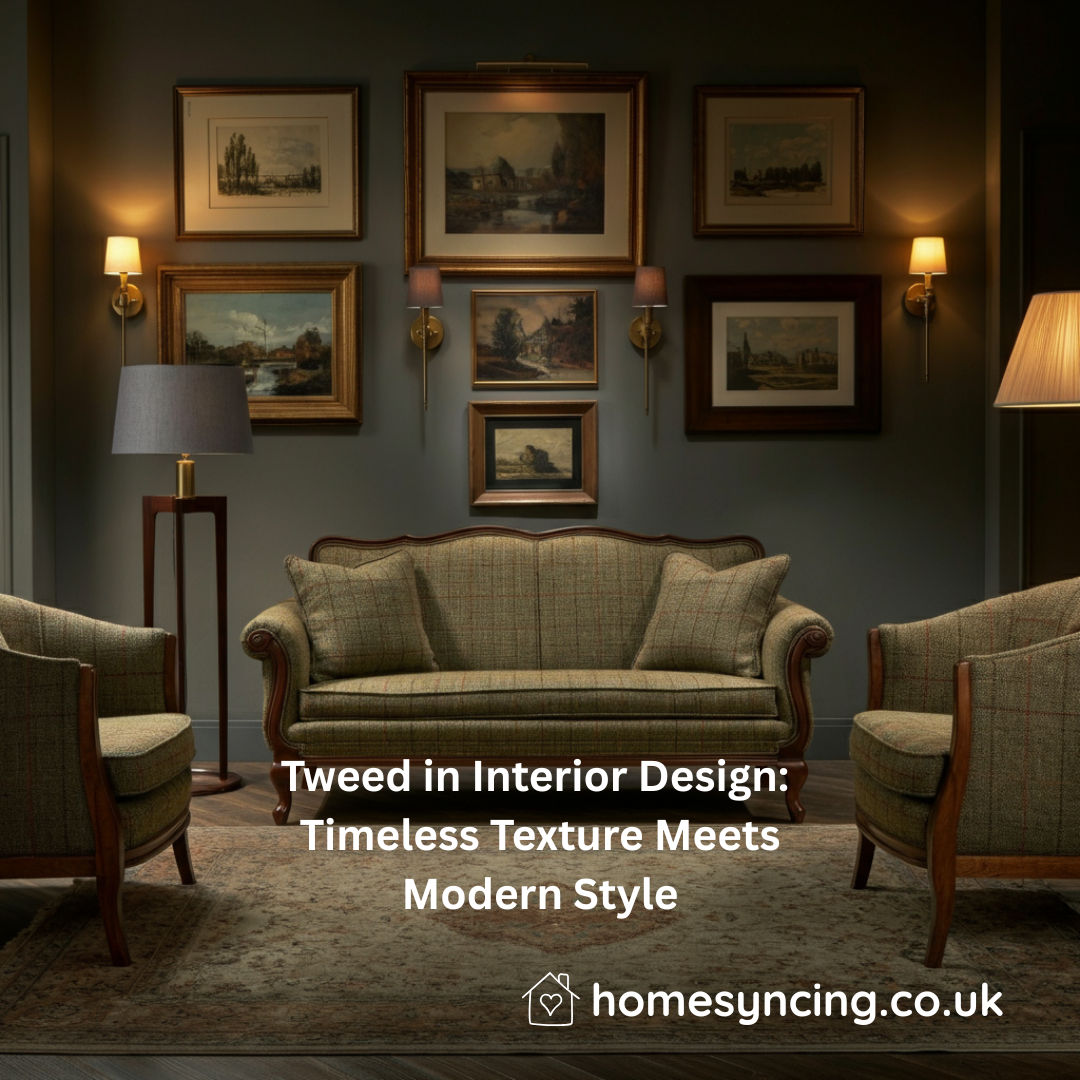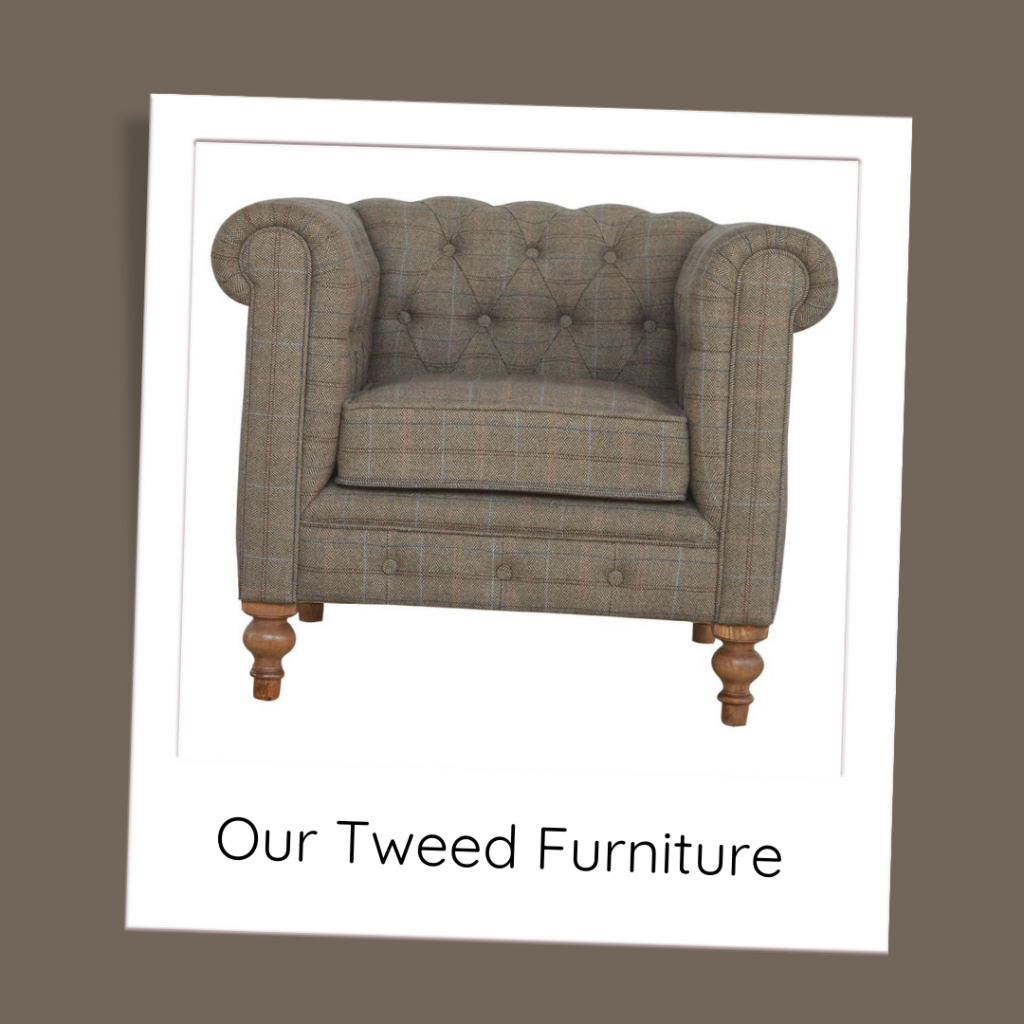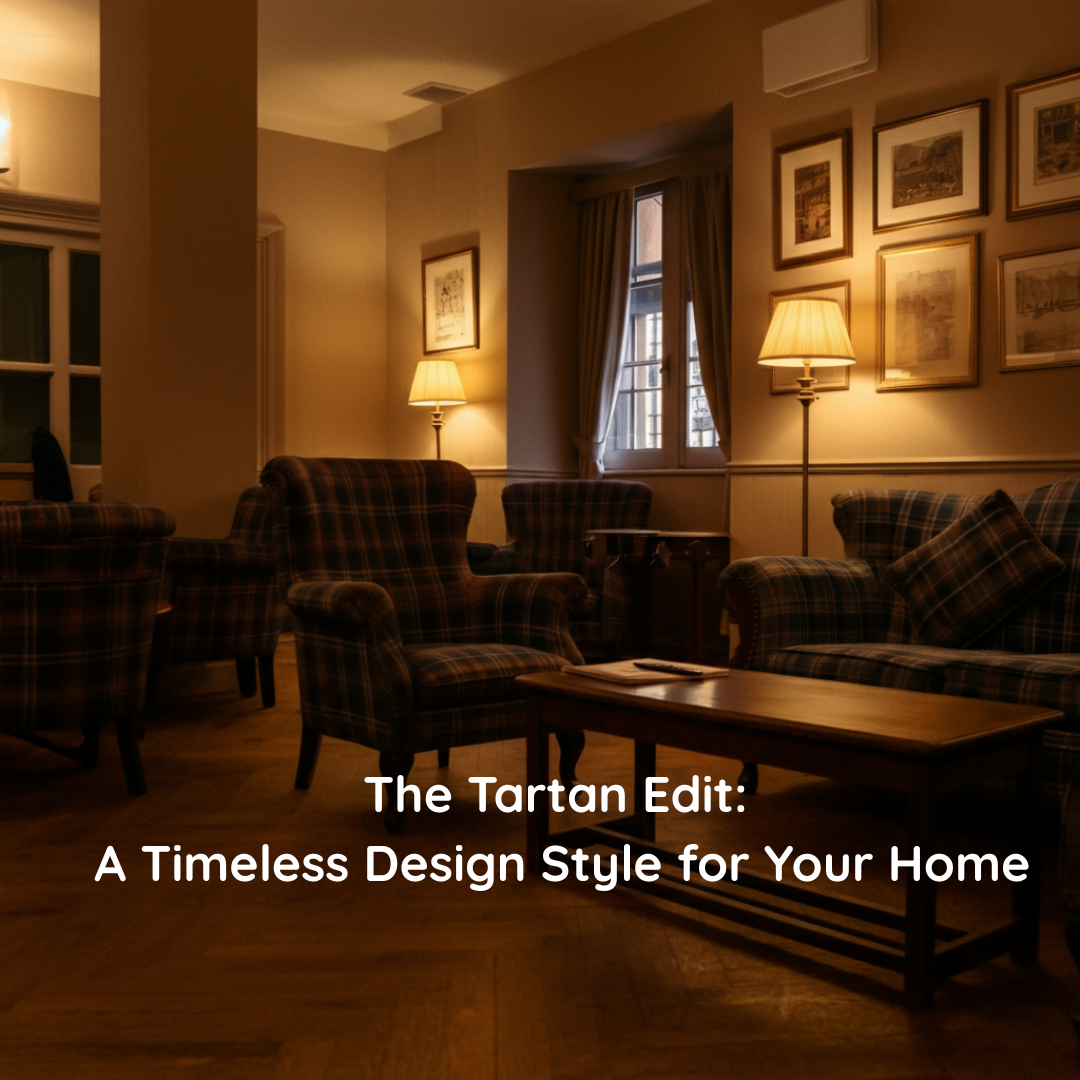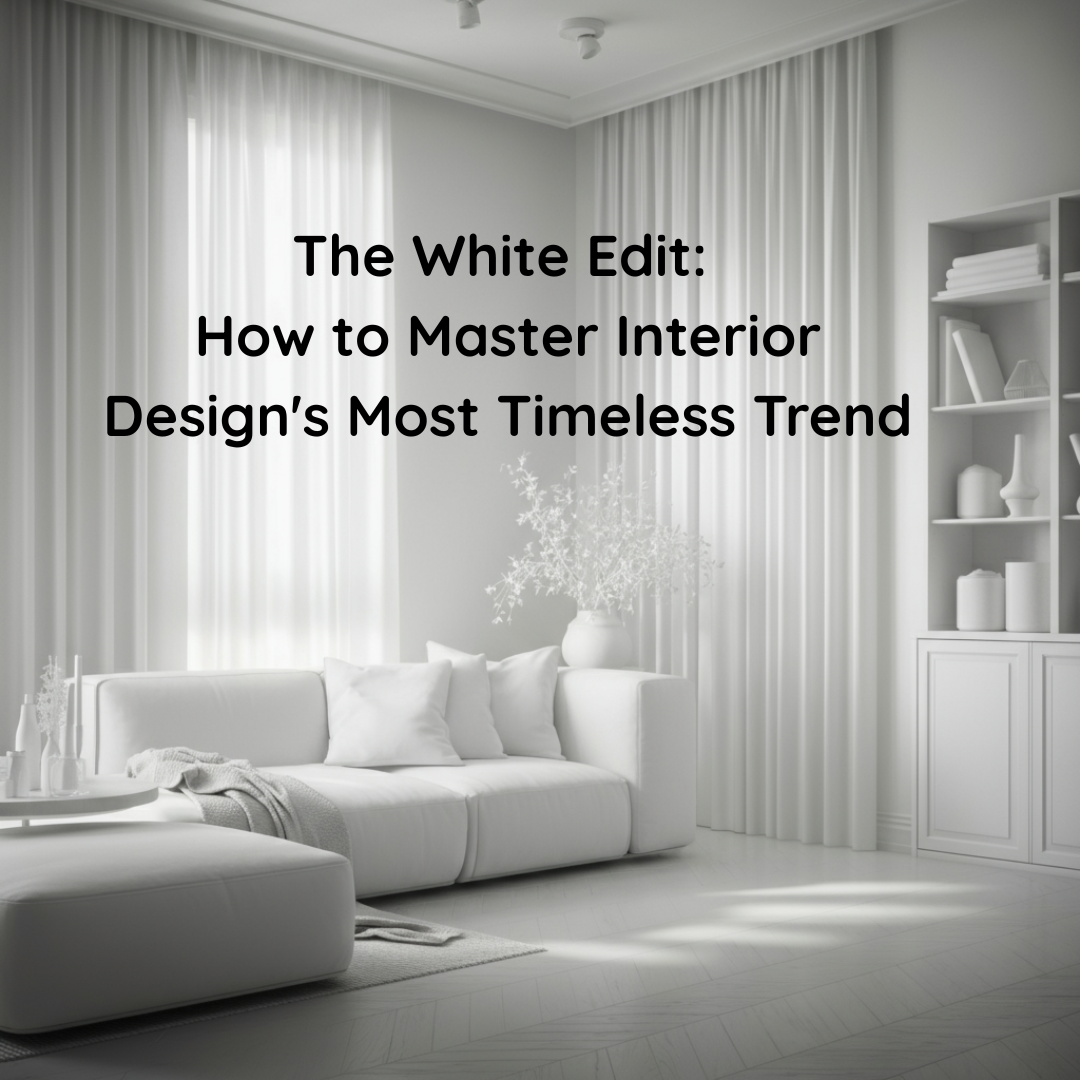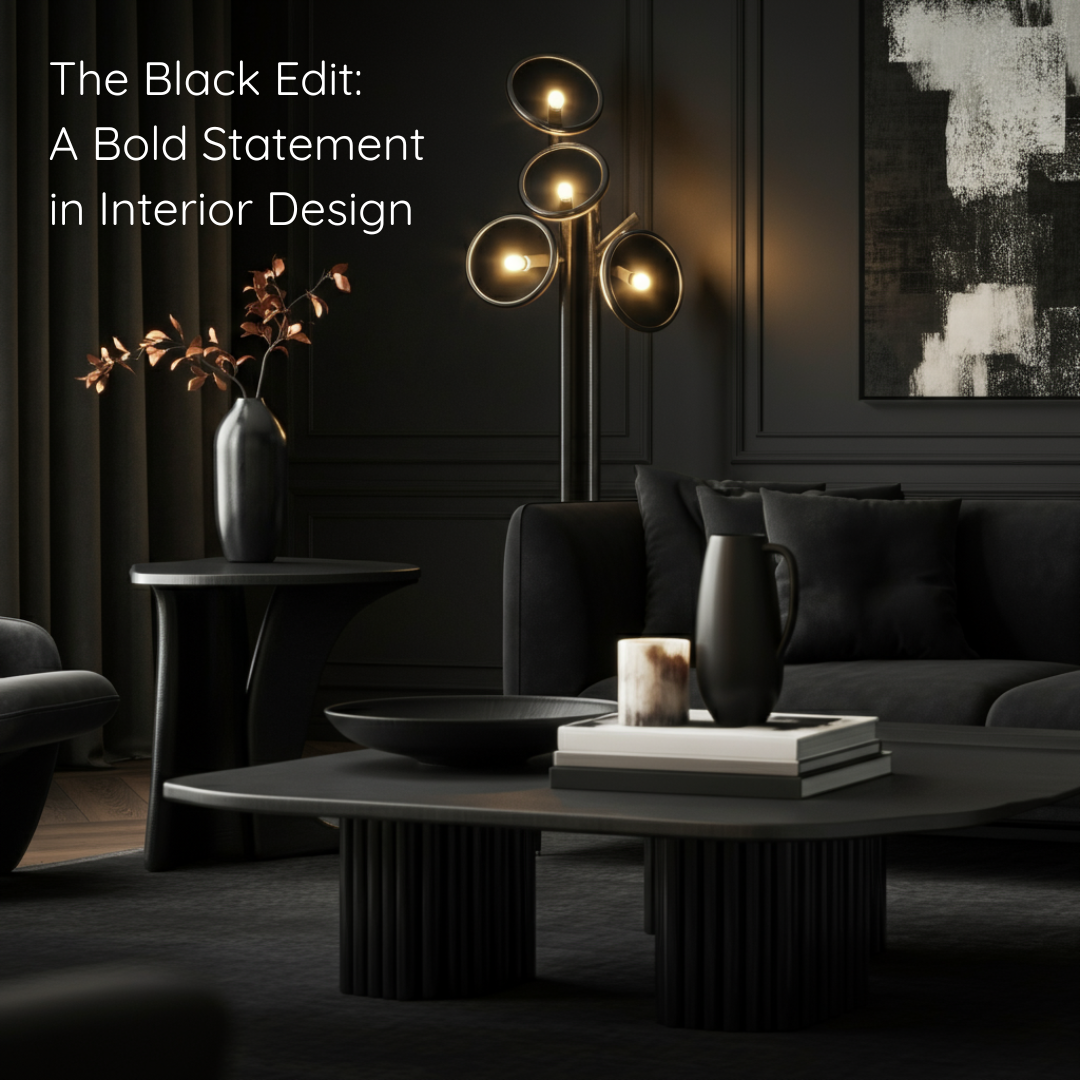Have you ever looked at a wardrobe bursting with clothes yet felt you had nothing to wear? You are not alone. For decades, the fashion industry has operated on a straight line: we take resources, make a garment, wear it for a short while, and then throw it away. This ‘take-make-waste’ model has left us with overflowing landfills and a planet under pressure. But a refreshing change is sweeping through the design world, and it promises to transform how we dress and live.
Enter circular design. It is a philosophy that looks to nature for inspiration. In the natural world, waste does not exist; one organism’s waste becomes another’s food. A fallen leaf nourishes the soil, which feeds the tree, which grows a new leaf. Circular design aims to replicate this regenerative cycle in our closets and homes. It invites us to rethink our relationship with the things we own, moving away from disposable culture toward a system where materials are kept in use for as long as possible.
Embracing this approach doesn’t mean sacrificing style. In fact, it opens the door to higher quality, innovation, and creativity. It is about curating a lifestyle that looks good and does good. Whether you are a budding designer or a conscious consumer, understanding circularity is the first step toward a more sustainable, stylish future. Let’s explore what this concept means and how it is reshaping the world of design.
What is circular design?
To understand circular design, we must first look at the system we are trying to replace. The traditional ‘linear’ economy is a one-way street. Raw materials are extracted, turned into products, used briefly, and discarded. It is a model with a distinct beginning and a definitive, often messy, end.
Circular design bends that line into a loop. It is a strategy where products are created with their entire lifecycle in mind. The goal is to design out waste and pollution, keep products and materials in use, and regenerate natural systems. In a circular model, a product is never just ‘finished’. When a garment is worn out, it is not trash; it is a resource bank for the next generation of products.
Think of it as a continuous journey. A cotton shirt is designed to be durable. When it can no longer be worn, it is repaired. When it can no longer be repaired, it is broken down into fibres to be spun into new yarn. If it cannot be recycled, it is composted to return nutrients to the earth. This approach requires designers to think ahead, anticipating how an item will be used, reused, and eventually unmade.
How to achieve circularity
Achieving a truly circular system requires a shift in mindset and methods. It is not just about recycling; it is about rewriting the rules of creation. Here are the core principles that designers and brands use to bring circularity to life.
Design for durability
The most sustainable product is the one you already own. Therefore, the first step in circular design is creating items that last. This means using robust, high-quality materials and construction techniques that withstand wear and tear. It pushes back against the trend of planned obsolescence, where items are designed to break or go out of style quickly. For the consumer, this translates to investing in timeless pieces—classic trench coats, solid wood furniture, or leather boots—that age beautifully and stay functional for years.
Material selection
The ingredients matter. Circular design prioritises renewable, non-toxic resources that are safe for both people and the planet. Designers are increasingly turning to mono-materials (products made from a single type of material) because they are much easier to recycle. For example, a 100% cotton t-shirt is far simpler to process than a poly-cotton blend. Innovative materials are also taking centre stage, from leather alternatives made from pineapple leaves to fabrics creating from ocean plastics.
Design for disassembly
Have you ever tried to separate the components of an old gadget or a pair of trainers? It is often impossible because of strong glues and permanent fixtures. Circular design champions ‘design for disassembly’. This means creating products that can be easily taken apart. Ideally, buttons can be unscrewed, zippers removed, and soles separated from uppers. This modular approach allows for easy repairs—replacing a broken part rather than the whole item—and ensures that materials can be efficiently sorted for recycling at the end of their life.
New business models
Achieving circularity also involves changing how we access products. We are seeing a rise in rental platforms, subscription services, and resale markets. Instead of owning a dress for a one-off event, you might rent it. Brands are launching ‘take-back’ schemes, encouraging customers to return old items for store credit so the brand can responsibly recycle or resell them. This shifts the focus from ownership to access and stewardship.
The benefits of going circular
Transitioning to a circular model offers profound rewards that extend far beyond the environment. It creates a ripple effect of positive change.
Environmental restoration
The most obvious benefit is a drastic reduction in waste. By keeping materials in the loop, we reduce the need for landfills and incineration. It also lessens our dependence on virgin resources. If we recycle existing cotton, we don’t need to grow as much new cotton, saving vast amounts of water and pesticides. Furthermore, circular systems generally have a lower carbon footprint, helping to combat climate change.
Economic opportunities
Circular design drives innovation. It challenges businesses to invent new materials and technologies, sparking creativity and growth. It creates new jobs in repair, refurbishment, and recycling sectors. For companies, it offers supply chain security; by reclaiming materials, they are less vulnerable to fluctuating raw material prices.
Consumer satisfaction
For you, the shopper, circular design means better products. It signals a return to quality and craftsmanship. You get items that fit better, last longer, and hold their value. There is also a distinct emotional benefit—the peace of mind that comes from knowing your choices are contributing to a healthy planet. It invites a deeper connection with your belongings, encouraging you to cherish, care for, and mend them.
The challenges and disadvantages
While the vision of a circular economy is inspiring, the path to get there is not without obstacles. It is important to acknowledge the hurdles we face in making this the industry standard.
Higher initial costs
Currently, producing circular goods can be more expensive. Sourcing ethical materials, ensuring fair labour practices, and implementing take-back schemes require significant investment. Consequently, the price tag on sustainable items is often higher than fast fashion alternatives. While this cost pays off over time through durability, it can be a barrier for budget-conscious shoppers.
Complexity in recycling
Technologically, we are still catching up. Recycling certain materials is difficult. As mentioned, blended fabrics are notoriously hard to separate. While chemical recycling technologies are improving, they are not yet available at a scale that can handle the sheer volume of global textile waste. We need better infrastructure to collect, sort, and process these materials efficiently.
A shift in consumer behaviour
Circular design demands a change in habits. We have been conditioned to crave the ‘new’ constantly. Embracing circularity means slowing down. It requires us to repair a tear rather than buying a replacement, or to choose a second-hand item over a brand new one. Changing cultural norms and valuing longevity over novelty takes time and education.
Create your own circular wardrobe
The journey toward a circular future is exciting, and you have a vital role to play. You don’t need to be a designer to champion this movement. Start by looking at what you already own with fresh eyes. Can you repair that button? Could you dye that faded shirt a new colour?
When you do shop, ask questions. Look for natural fibres, check for durability, and see if the brand offers a take-back scheme. Explore rental options for special occasions and discover the treasure trove of pre-loved fashion. Every small choice sends a signal that you value a world where nothing goes to waste.
Embrace the beauty of longevity. Care for your clothes, share them, and keep the cycle spinning.
Further Reading: Affordable Decorating Ideas That Will Transform Your Home Sustainable Chic: A Beginner’s Guide to Circular Design, Biophilic Design v2: Beyond the Potted Plant, Make Every Square Metre Count: Multifunctional Spaces
Daily Inspiration: Follow Us on Instagram, BlueSky, Threads , Pinterest, Twitter, TikTok

